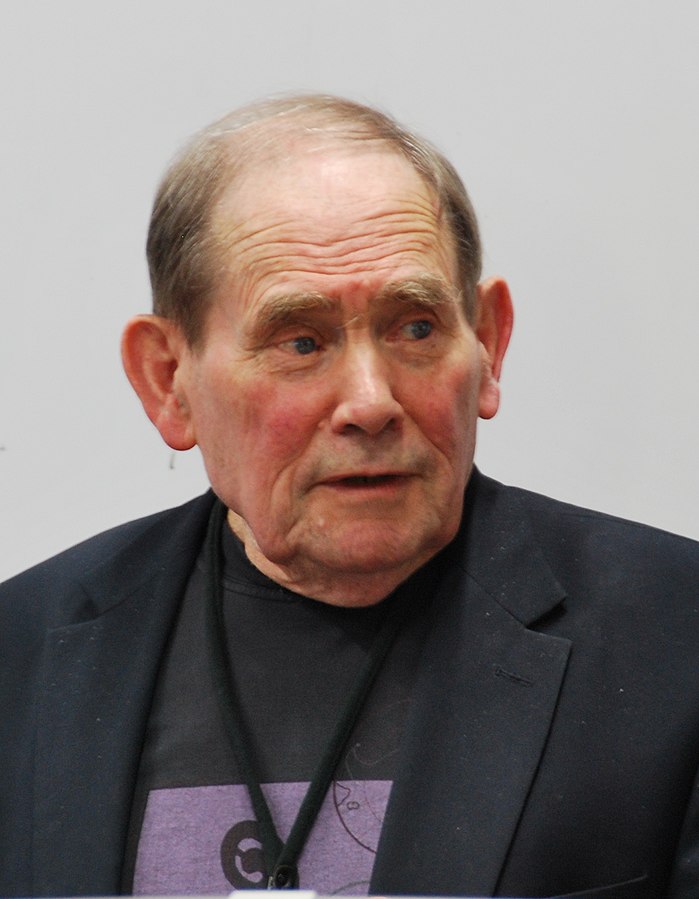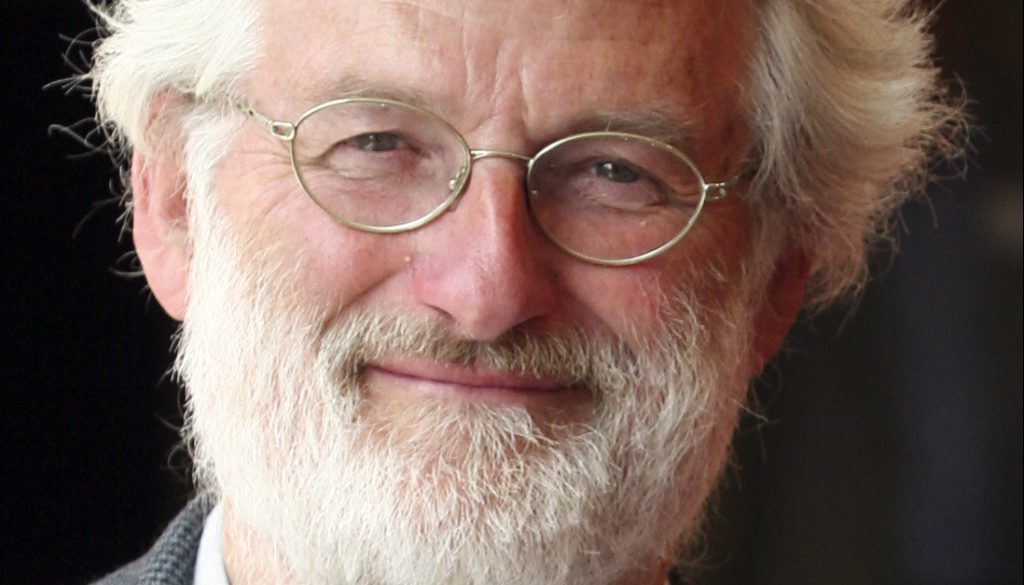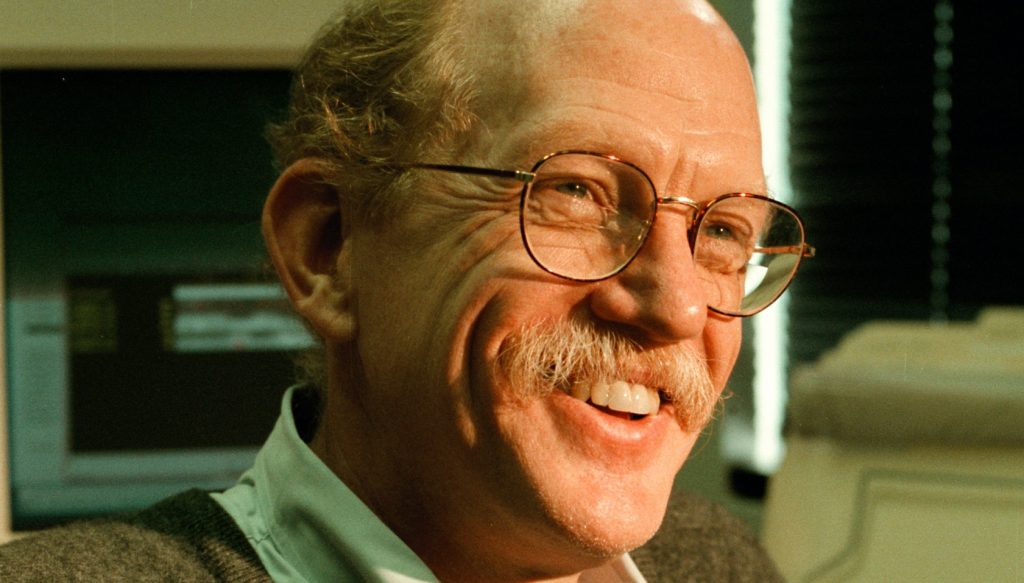Sydney Brenner (1927 – 2019)

Sydney Brenner (1927 – 2019)
Future: Life Sciences
Prof. Sydney Brenner’s sustained contributions during the course of a scientific career spanning 40 years are exceptional both in their novelty and in their impact on biology.
During 1957 – 1973, he provided fundamental insights into the genetic code. In 1957, he produced a theoretical paper that presented a formal demonstration of the impossibility of all overlapping codes, insisting that further efforts in deciphering the genetic code be restricted to non-overlapping codes.
In 1961, together with Francis Crick and others, he published evidence for the triphet nature of the genetic code deduced from the frame-shift mutagenesis experiments, which remain a tour de force. Then, together with François Jacob and Matthew Meselson, he discovered and proved the existence of messenger RNA – a finding that provided fundamental insights into translation of the genetic code.
In 1964 and succeeding years, Brenner and others published a demonstration of the co-linearity of a gene and deciphered nonsense codons by genetics.
During the mid-1960s Brenner, together with François Jacob and François Cuzin, established the fundamental principles underlying the regulation of DNA replication in E. coli bacteria.
From 1974 to 1990, Brenner and his colleagues introduced the eukaryotic model C. elegans and demonstrated its utility for studying development. He developed the genetic methodology for dissecting the organism’s developmental program, especially of the nervous system. His students have proved the wisdom of his choice by extending the model to aging and apoptosis. Now that the genome sequence of C. elegans is complete, the usefulness of this system is greatly enhanced.
During the 1980s and 1990s, Brenner made great political and scientific contributions to the establishment of recombinant DNA technology in general and to the human genome project in particular. Among other things, he introduced the study of the putter fish, one of the very few vertebrate organisms to have very little “junk” DNA.
Brenner was born in South Africa on 13 January 1927 and studied medicine and science at the University of Witwatersrand, Johannesburg. He went on to Oxford, working in the Physical Chemistry Laboratory, and earned his doctorate in 1952. After a brief return to South Africa, he joined the MRC Unit in the Cavendish Laboratory at Cambridge in 1956. He was later named director of the MRC Laboratory of Molecular Biology at Cambridge.
In 1987 he became Director of the MRC Unit of Molecular Genetics, retiring in 1992 from the MRC.
In 2001, aged 74, Prof. Brenner accepted an offer to become a research professor at the Salk Institute for Biological Studies. He said: “I don’t want to retire to play golf. Science is one’s hobby and one’s work and one’s pleasure.”
Prof. Brenner subsequently received the Nobel Prize for Medicine in 2002.


